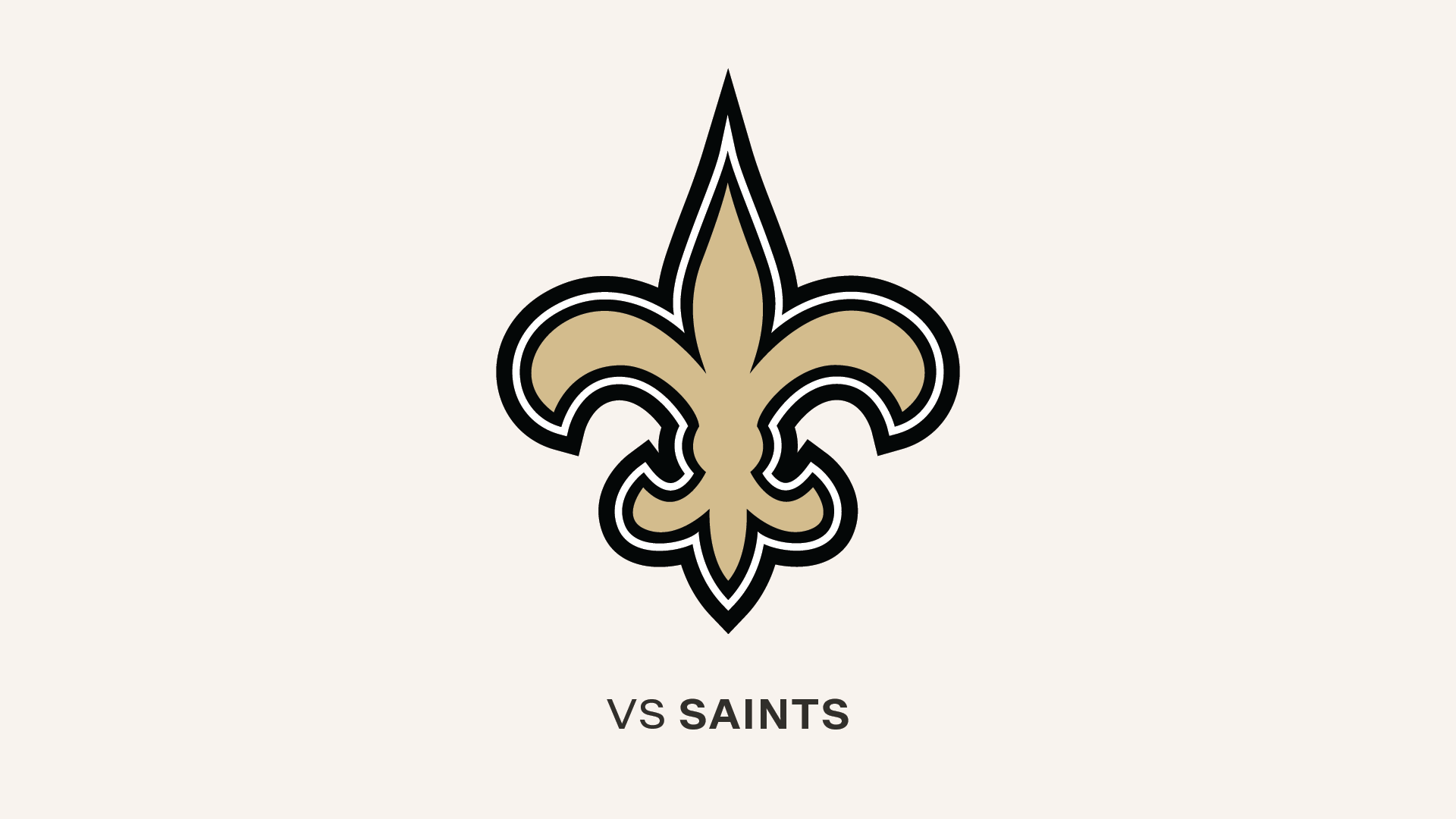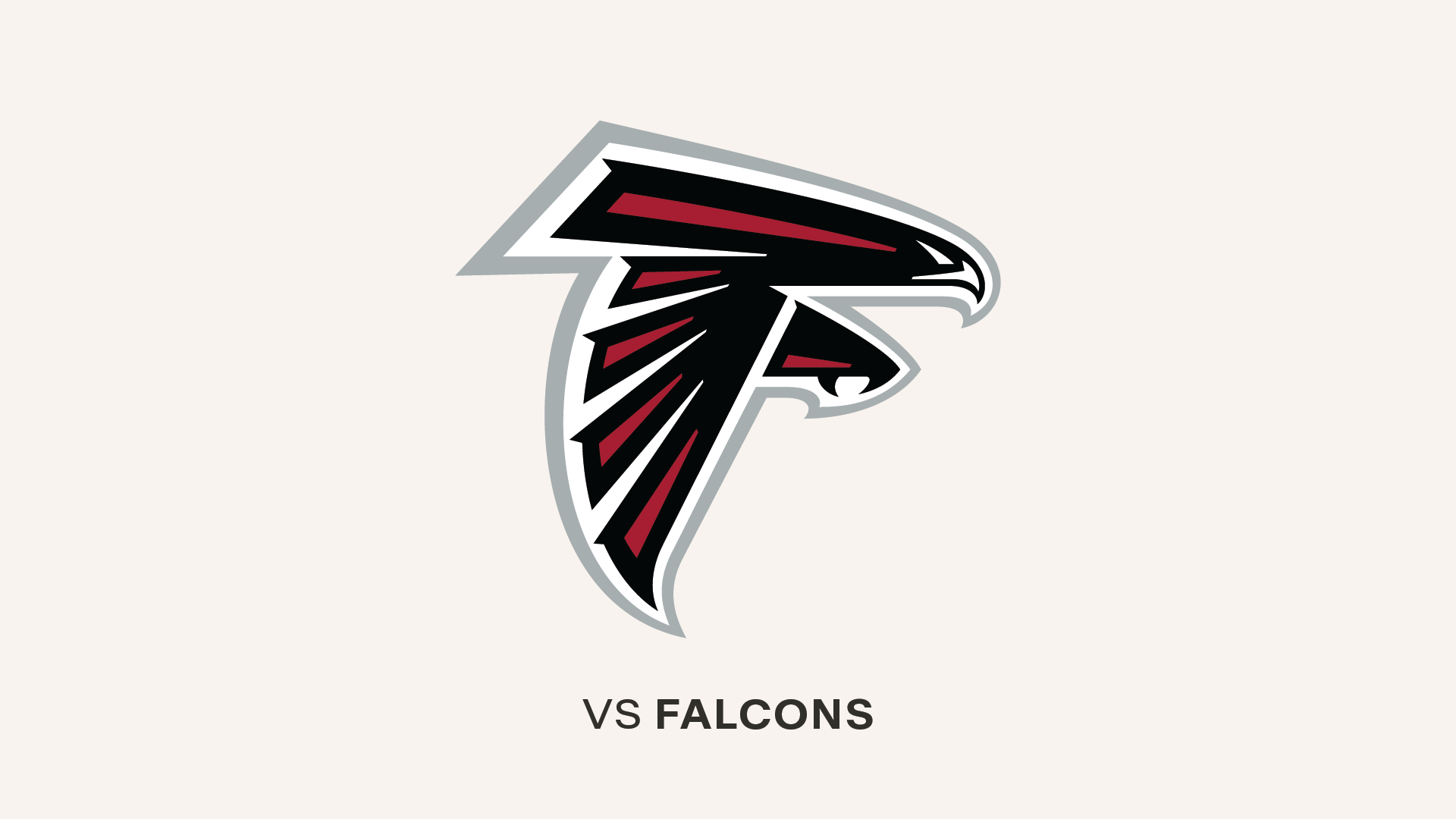The Tampa Bay Buccaneers got what they wanted on the second day of the 2018 NFL Draft. And, thanks to what other teams wanted, they actually came away with much more than seemed likely when the draft began on Thursday night.
After beginning their larger-than-expected 2018 haul with the marquee addition of defensive tackle Vita Vea in the first round, the Buccaneers added four more players on Friday night: USC running back Ronald Jones, North Carolina defensive back M.J. Stewart, Auburn cornerback Carlton Davis and Humboldt State offensive lineman Alex Cappa.
That's quite the trick, given that Tampa Bay began the draft in possession of just two picks during the first two days. General Manager Jason Licht filled the Bucs' coffers with a trio of trades, one in each of the three rounds.
Licht first swung a deal in Round One with Buffalo, adding two more picks in the second round (53rd and 56th) for the relatively painless cost of moving down from the seventh to the 12th pick and throwing in the 255th selection in Round Seven. Licht later sent that 56th pick to the New England Patriots in exchange for the 63rd selection and an extra fourth-rounder, number 117 overall. Finally, with the end of Day Three drawing near, Licht moved up to make sure the Bucs could secure one more of the favored players on their board. To move up from the second pick in the fourth round, #102, to the 94th spot in order to grab Cappa the Buccaneers gave up pick #180, one of their two sixth-round selections.
Buffalo paid a premium to get in position to draft their quarterback of the future in Wyoming's Josh Allen. New England jumped up to get in on a run at cornerback, using the 56th pick to nab Florida's Duke Dawson. The Buccaneers still got their man in Vea in the first round and somehow hit arguably their three biggest depth chart needs on Day Two: running back, cornerback and offensive line. After it was all said and done, the Buccaneers still had three picks to spend on Day Three, one each in the fourth, fifth and sixth rounds.
If you're scoring at home, this is what Licht surrendered in order to turn two picks in the first three rounds into five:
- A sixth-round pick (180)
- The second-to-last pick in the draft (255)
- Five spots in round one (seven down to 12)
- Seven spots in Round Two (56 down to 63)
Color Head Coach Dirk Koetter impressed.
"We thought we were going to get three good football players [on Friday], and we got four," said Koetter. "Jason did an awesome job of working the trades yesterday and today. To go into the draft with a first, a second and no third, and to come out with a first, three seconds and a third, that's pretty darn good. We're happy with the guys we got. We addressed our needs. We didn't have to give up much – we just had to give up a sixth to move back up to get Cappa. Yeah, we're fired up about it.
The true value the Buccaneers were able to wring out of the first three rounds of the draft won't be known for a few years, but for now Licht and company can only be happy that they got players they had targeted and hit critical needs in the process.
"It's great, because of the trade yesterday, to get five picks in the top [94]," said Licht. "I can't remember a draft I've been a part of with that many, which is awesome. Of course right now we're thinking we're getting five guys that can help us, either here in the immediate future or some point down the road.
"We had about 80,000 different scenarios we thought could happen – I'm exaggerating, but it felt that way. One of them was to move back to a team that was probably going to move up and take a quarterback, and try to pick up some extra picks if the board fell a certain way, which it did. We were able to capitalize on that. To get five picks in the first two days because of it, we were going to take advantage of it. To pick up the players that we did, it feels like bonus hour. Of course right now we have confidence all these guys are going to help us. But you do the numbers, some of them may not. Right now we have confidence that they all are going to help us."
Jones, who was drafted six picks into the second round with Tampa Bay's original selection, adds a big-play element to the Buccaneers' rushing attack that was definitely missing the previous two seasons. Tampa Bay ranked 31st in the NFL in rushes of 10 or more yards and 30th in runs of 20 or more yards in 2017. Jones, who moonlighted on the USC track team for a brief spell, routinely broke off long runs on the gridiron and finished his career with an average of 6.1 yards per carry. While his pass-catching numbers weren't overwhelming, he believes that he can contribute heavily in that area for the Buccaneers.
"My hands are really good," said Jones. I just didn't get that many opportunities at USC but catching out of the backfield is something that I do. I feel like it comes naturally, it's my second sense. … I consider myself a three-down back. Obviously there are areas for improvement technique-wise and getting back to the fundamentals. I'm eager to get to work. Let's get it."
Koetter said that pass-catching is an area that Jones will have to work on to improve, given those limited opportunities, though he saw the back do good things on screen passes on USC's tape. The most important thing about Jones is what he is capable of doing after he gets the ball in his hands, one way or the other.
"Ronald's a guy that's a real explosive runner," said Licht. "He's a lot faster than the times that have been out there in public. You can see it on tape. He makes a lot of plays with his speed, his burst, his quickness, and for a 208-pound guy he runs very hard and escapes tackles, can run through tackles. He's just a violent runner and he's a playmaker."
The Buccaneers spent their next two picks on cornerbacks, which was according to plan not only because the team lacked numbers at the position but also because they wanted to add two very specific and different things. Stewart gives the Bucs depth in the slot and on the outside – he could potentially have value at safety, too, but that's not the Day One plan – and the 6-1 Davis adds size the team didn't have in its cornerback corps.
"One of the things we wanted to do is we wanted to get a guy that can play nickel, play inside and outside, we got that in M.J.," said Koetter. "We've been known for having smaller corners [and] we play in a division with big receivers; we wanted to get a bigger corner. That's why Jason went back-to-back with M.J. and Carlton."
Stewart isn't particularly concerned with where he plays in the Bucs' defense as long as he's helping the team win.
"I feel like I'm very versatile," he said. "That's one of my big strengths. Also being a physical competitor. I feel like that's one of my biggest strengths. That competitive nature I have I feel is unlike a lot of people in the country. I don't want to be last, I don't want to be second. I want to be first at everything. I want to win all the time. I don't like losing and I want to compete every day. I think that's probably my best attribute, my competitive nature."
Davis was the second-to-last pick of the second round after the Buccaneers' trade with New England, but he sounds as if he would have been fired up to come to Tampa no matter what round he came off the board. He intends to make an instant impact in his new home, just as he did at Auburn.
"I came in at Auburn as a true freshman," said Davis. "I didn't come in early, I didn't have workouts early. I didn't come in in January. I came in in the summer and I came in and I played. I'm a player that comes in and that buys into the system. I'm a player that comes in and listens and learns quickly. You can count on that, I'll be playing in that first snap. You can count on me to be on that field, somehow, someway. Whether it's special teams, whatever they need me to do, I'll be on that field because I'll do anything for it. My history shows it."
The final pick of the night was Cappa, a small-school offensive lineman who is inevitably going to draw comparisons to the Bucs' rising-star guard, Ali Marpet. Marpet made the transition from Division III football to Hobart and was a starter from opening day in his rookie season. The 6-6 Cappa may have a shot to do the same but the Bucs think he could actually fill a variety of roles for them in time.
"We feel he's a versatile guy," said Licht. "We're going to have him compete there at guard and eventually train him to play…we feel like he can play all five spots at some point. Every player is different. I guess [Cappa and Marpet] are similar in that we moved up to take them. Marpet was second round, he's third round, they went to small schools. Alex is a bigger, longer guy. They have different types of athleticism, different types of traits that we like about both of them. It's tough to say somebody's going to be as good as Marpet because Marpet has been very, very good for us. If he's half of what Marpet is, we're going to be happy with the pick."
If the Bucs thought Cappa could play multiple positions, that idea was reinforced at the Senior Bowl.
"It was definitely good to show that I could do it at Mobile," said Cappa. "And I was actually able to play both guards and both tackles in that game, which was awesome to show that I'm able to play multiple positions. I'm sure I'll be asked to do that and I'm ready for it."
Before the Cappa selection, it was no surprise that the Buccaneers used three of their first four picks on the defensive side of the ball; they could do more of the same with their three selections on Saturday. Tampa Bay ranked 32nd in the NFL in yards allowed in 2017, and tied for 22nd in points allowed. Still, there is plenty of talent on the Bucs' defense – starting with Pro Bowlers Gerald McCoy, Jason Pierre-Paul, Lavonte David and Kwon Alexander – and the team had already added to that crew through free agency and the trade market.
Pierre-Paul, an accomplished pass-rushing end, was acquired in a March trade with the New York Giants, and free agency brought additional pieces for the D-Line in end Vinny Curry and tackles Beau Allen and Mitch Unrein. Tampa Bay can now run a rotation that goes eight or nine deep – given better injury fortune than they've encountered on the line the last couple years – and that could help the new playmakers in the secondary make an impact.
That best-case scenario is possible because the Bucs were able to increase their draft capital and successfully match up the top of their draft board with their biggest needs, adding to what they began in free agency with the D-line additions and the signing of center Ryan Jensen.
"When you throw free agency in there and you look at what Jason has done, the defensive line has been totally rebuilt around Gerald," said Koetter. "The offensive line now with a huge piece in the middle, lets us move Ali back to guard, Cappa's a versatile player. We went from being thin at corner to now we have eight corners on our roster. That creates competition."
The Bucs came into the draft with a strategy that would allow them to hit specific needs, an opportunity presented itself and they took advantage. Obviously, these brand-new Buccaneers will have to prove themselves on the field for the team's optimism to be rewarded, but here in late April it certainly looks like a plan well executed.
"I definitely feel a lot better right now that we have [addressed needs]," said Licht. "I'm not always going to take a player just because it fills a need. You want to follow the board, you want to trust the board work for you, and it did for us."























